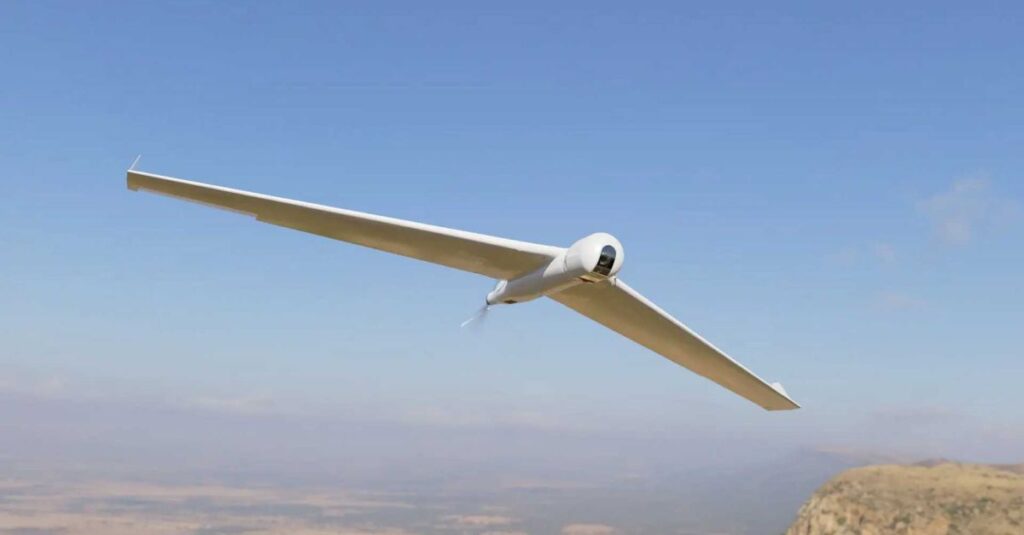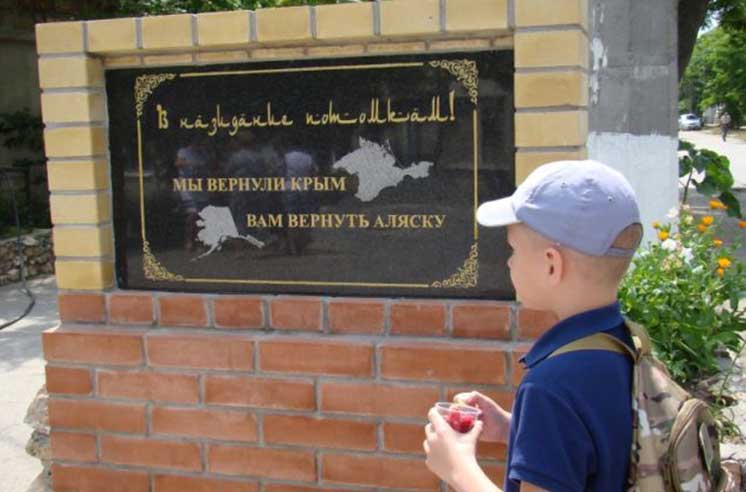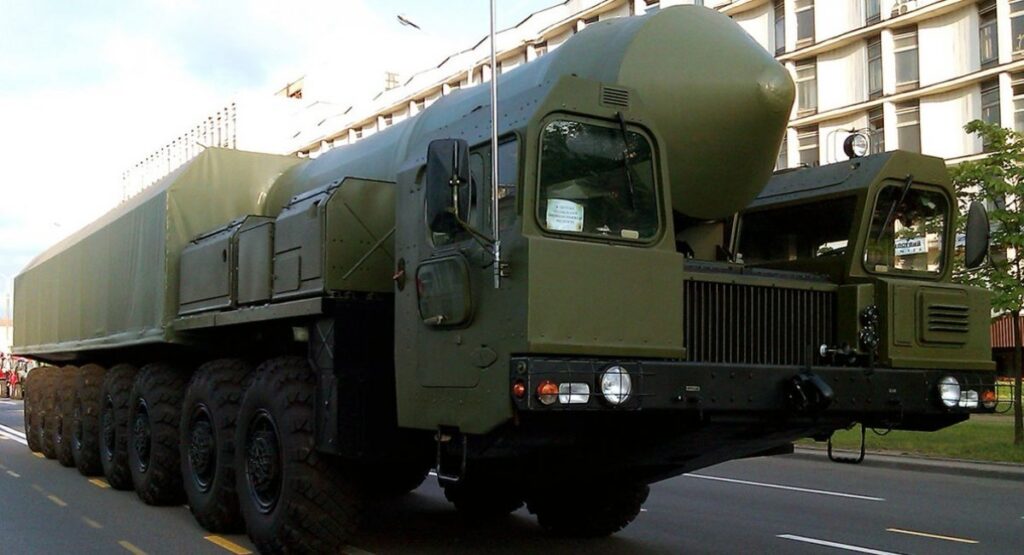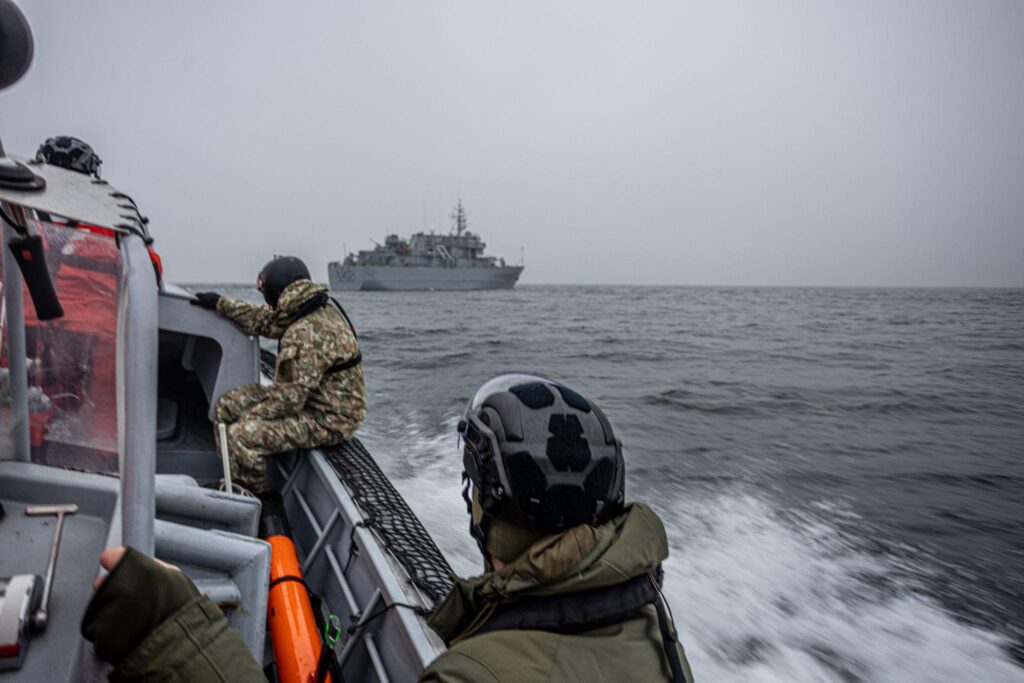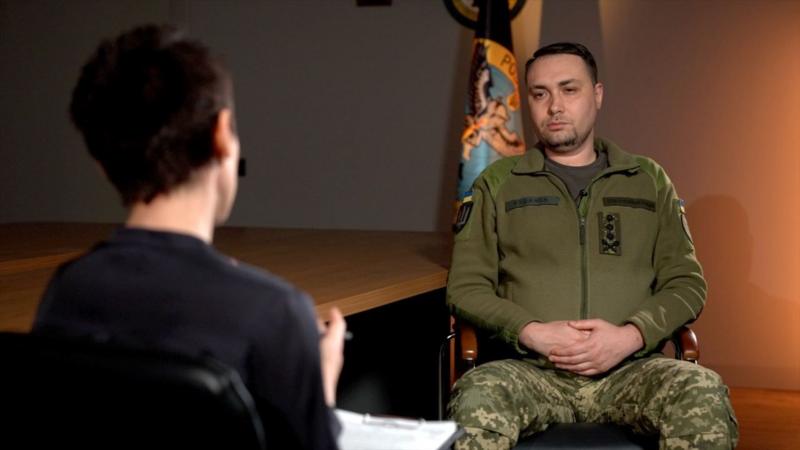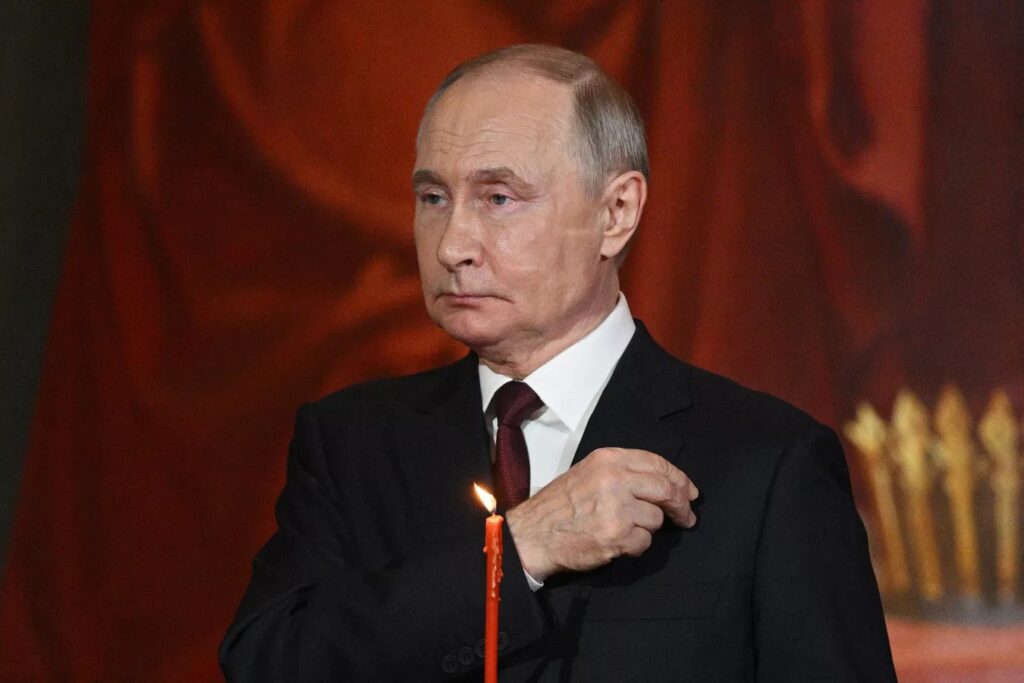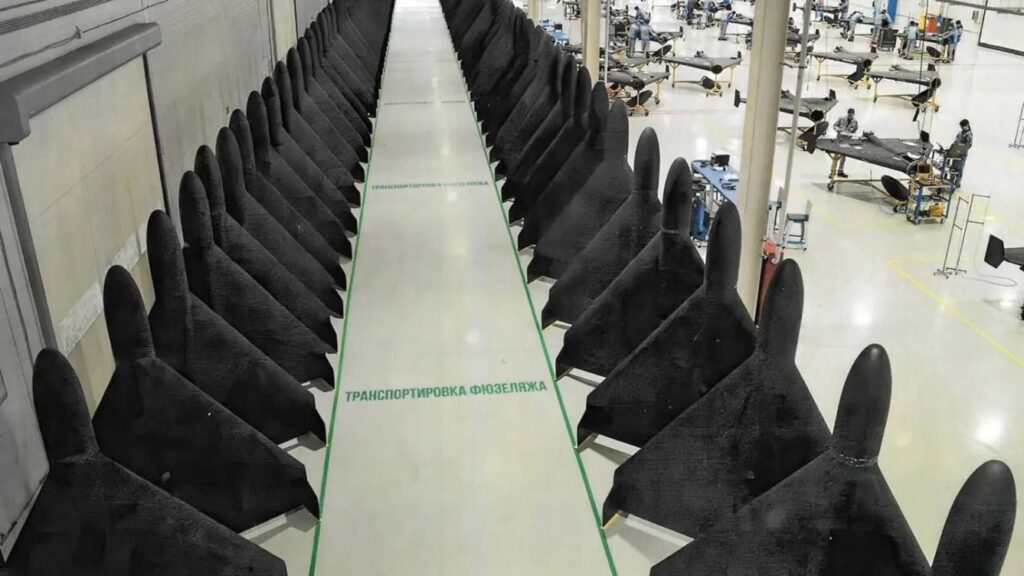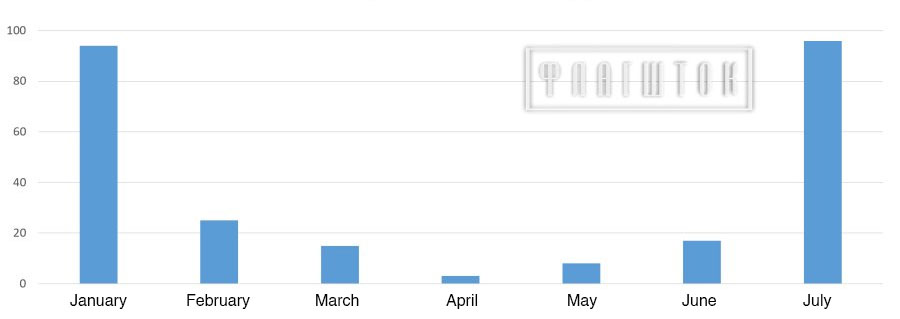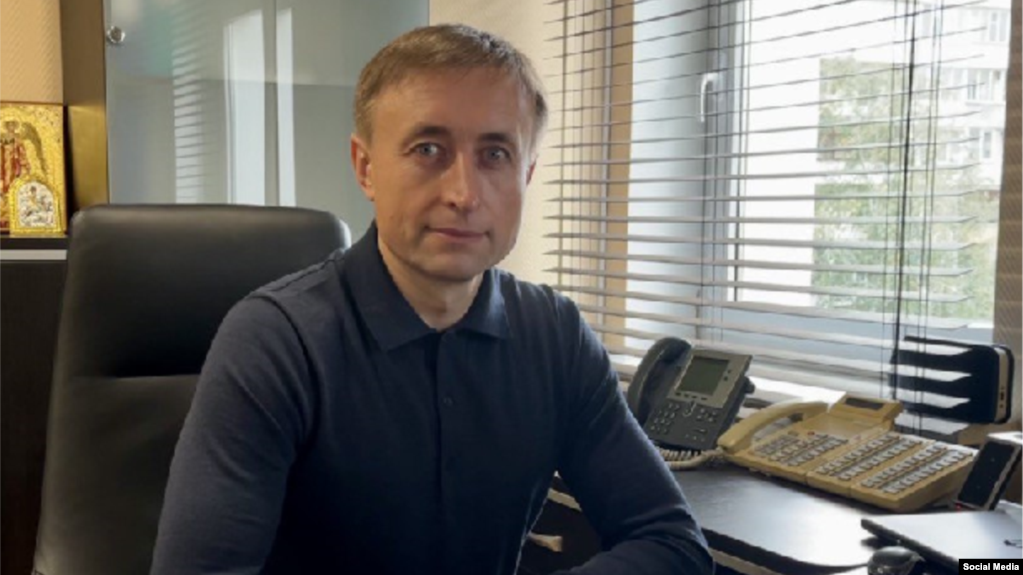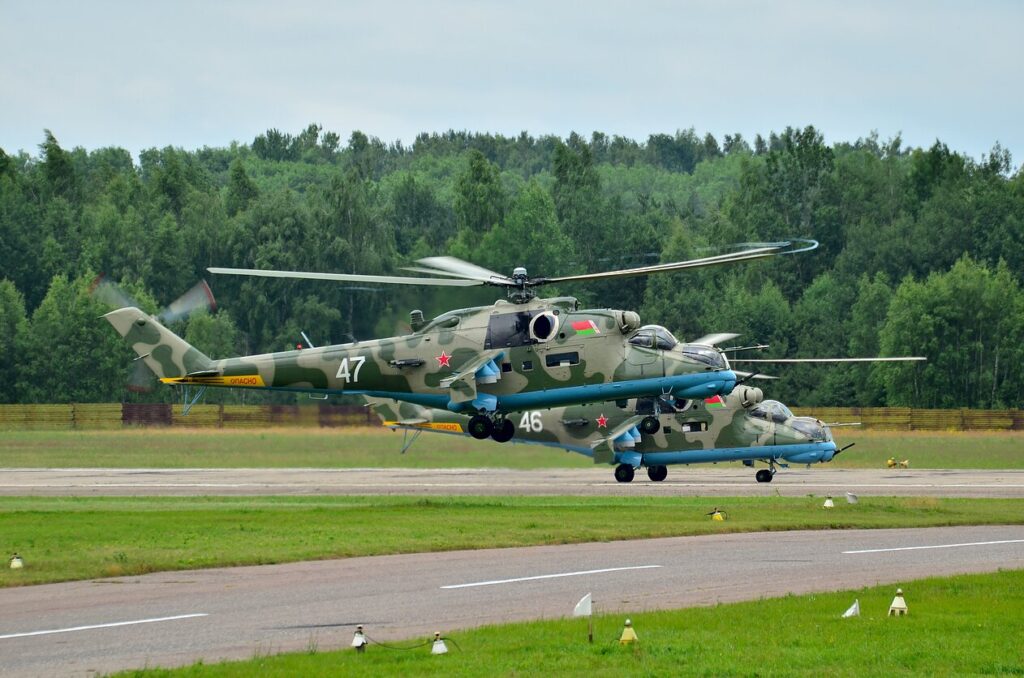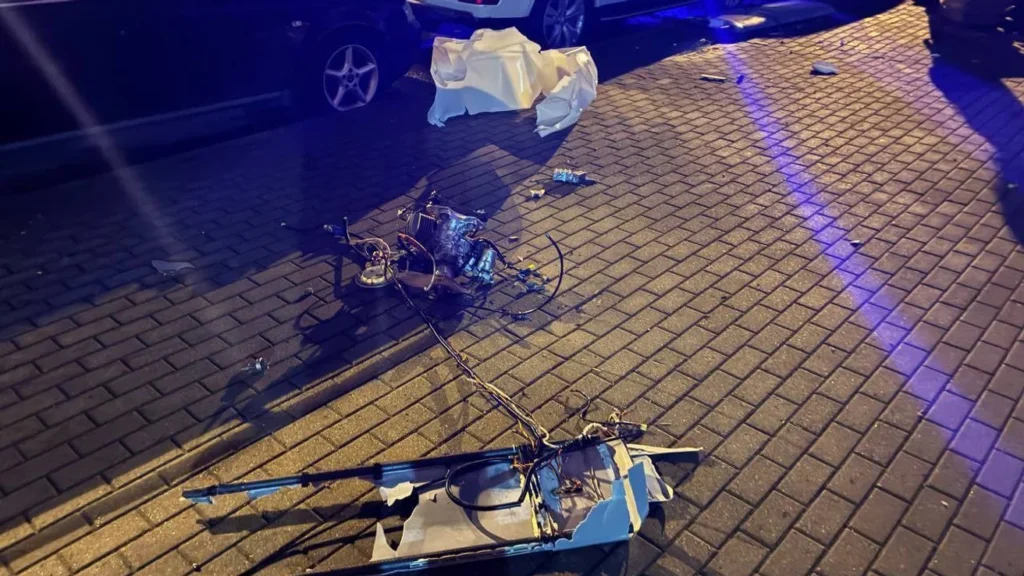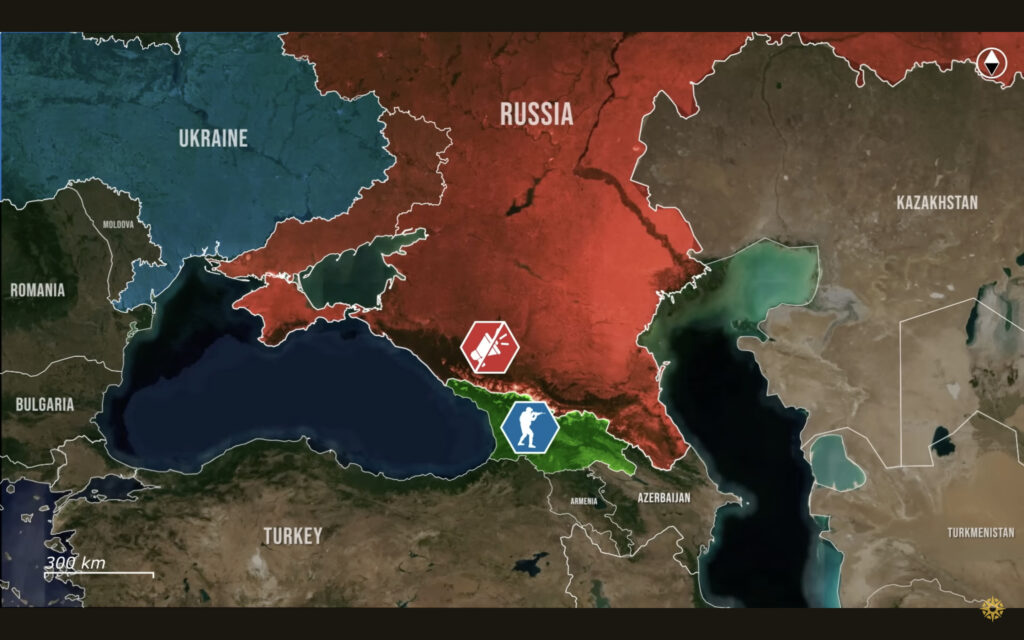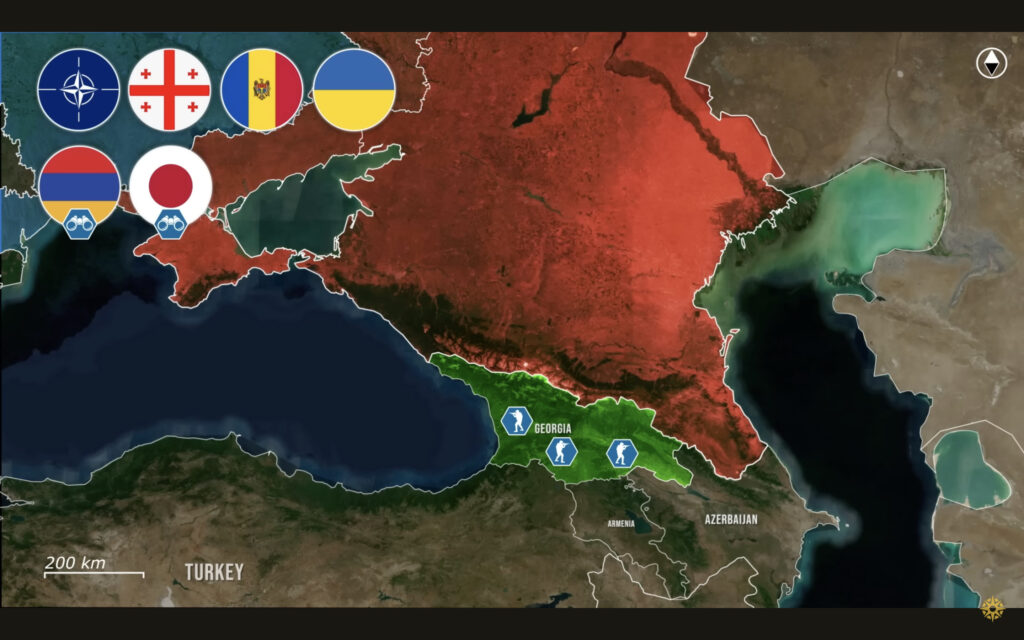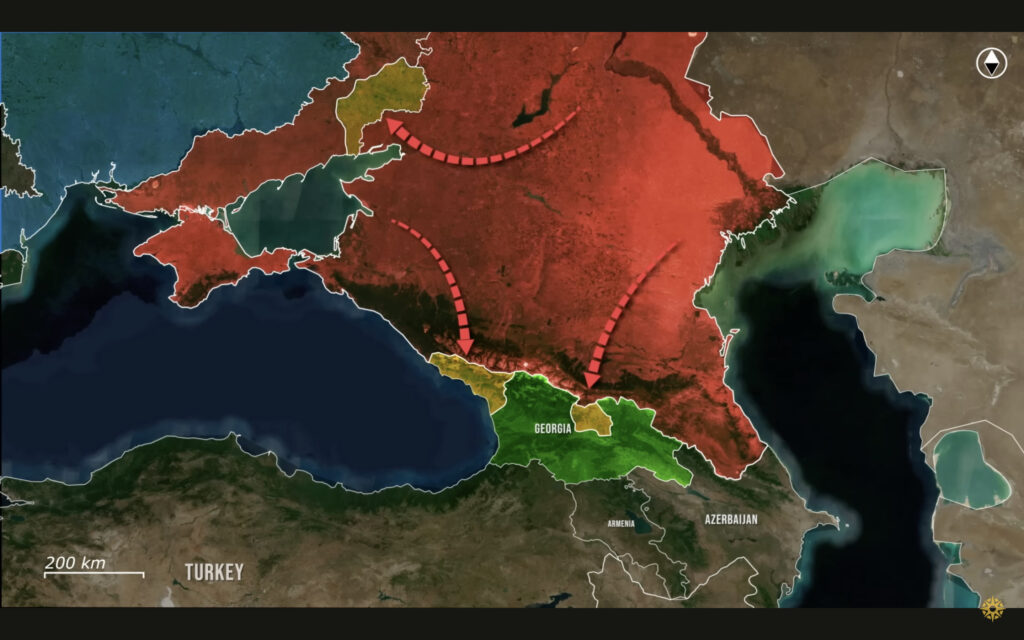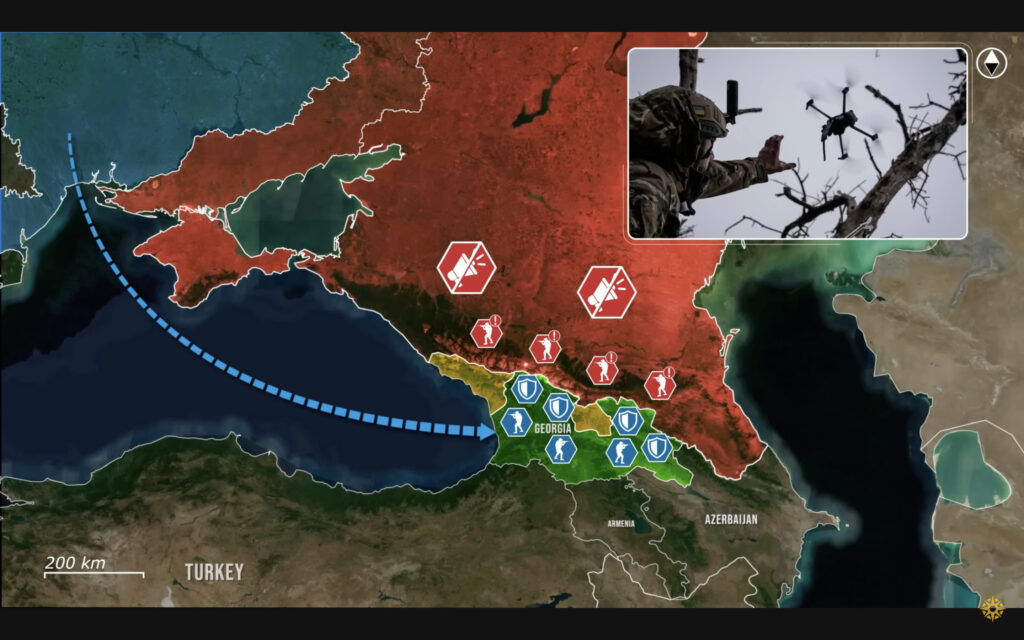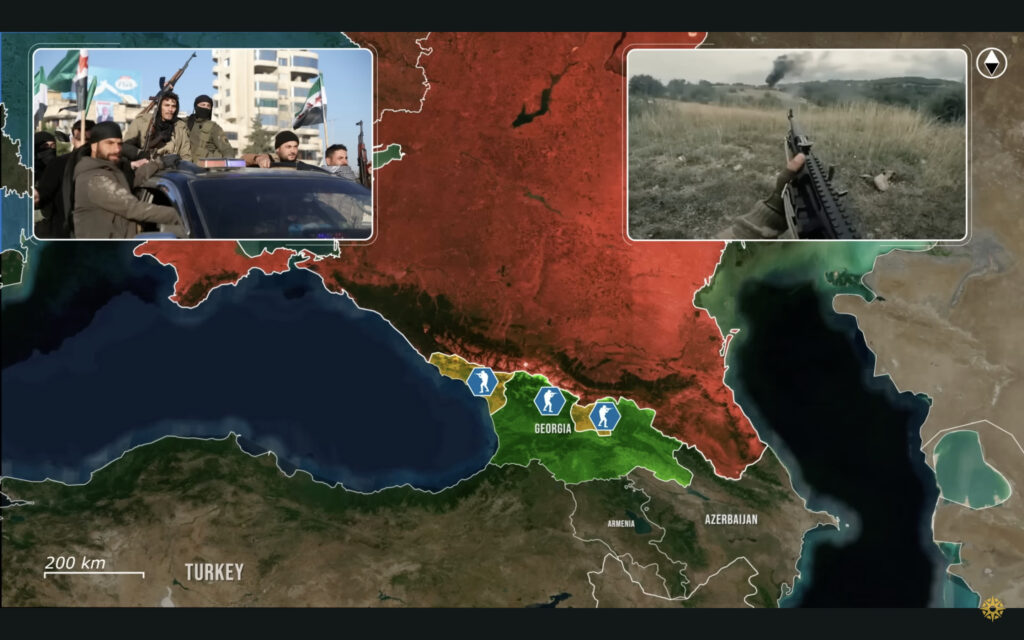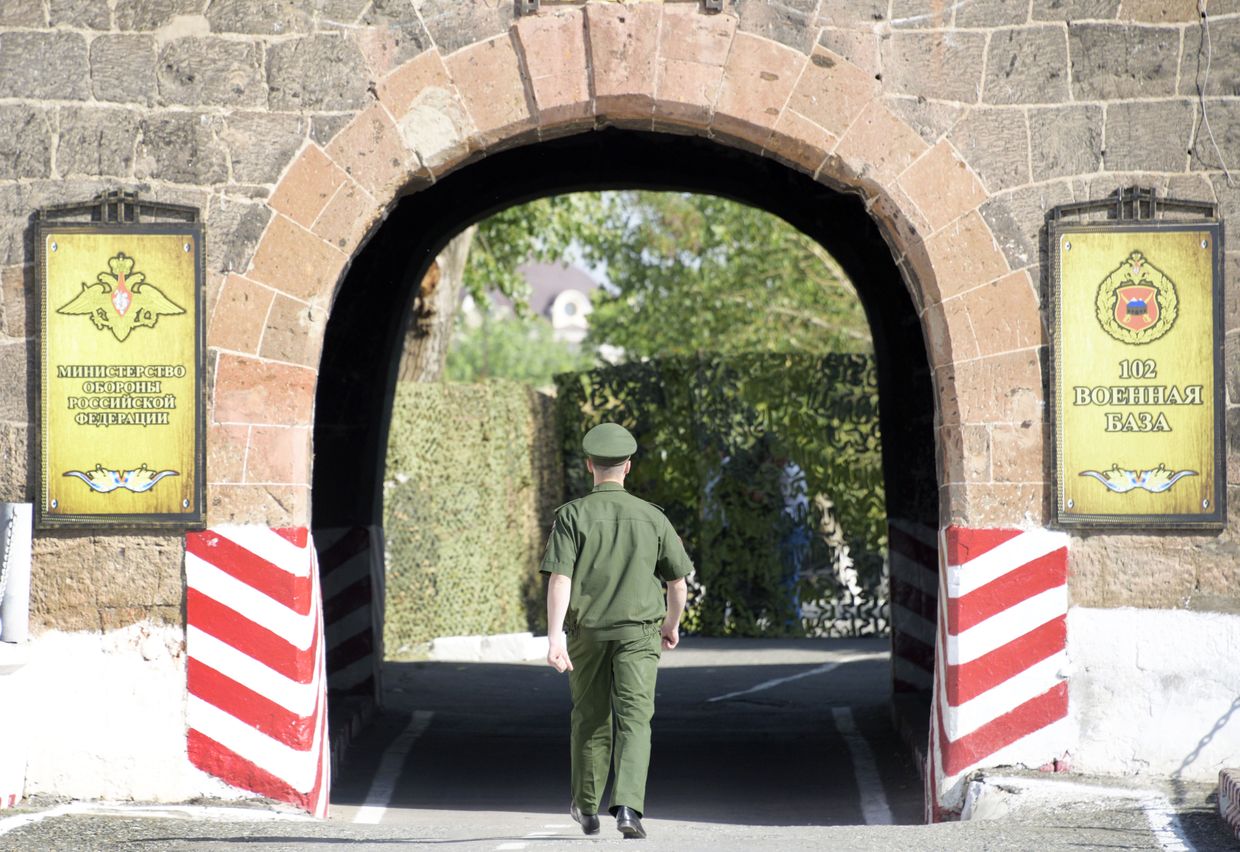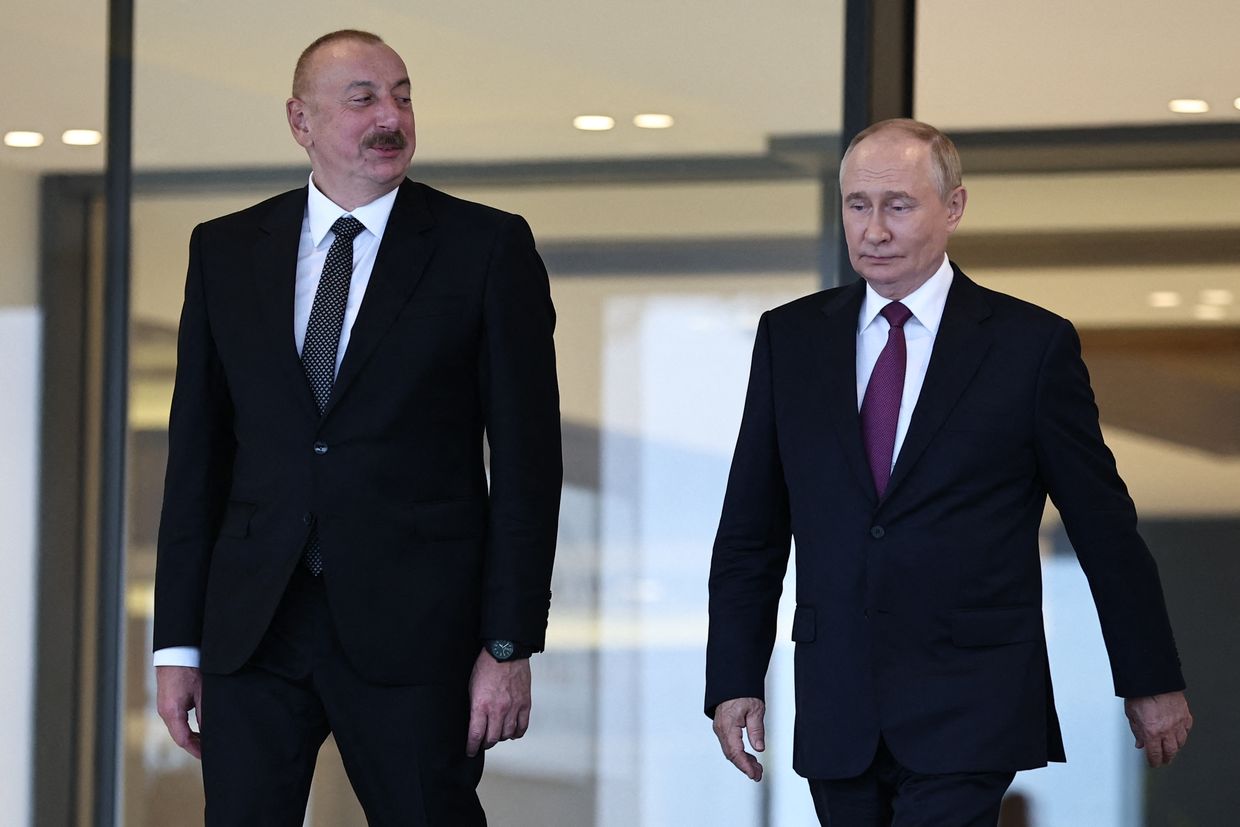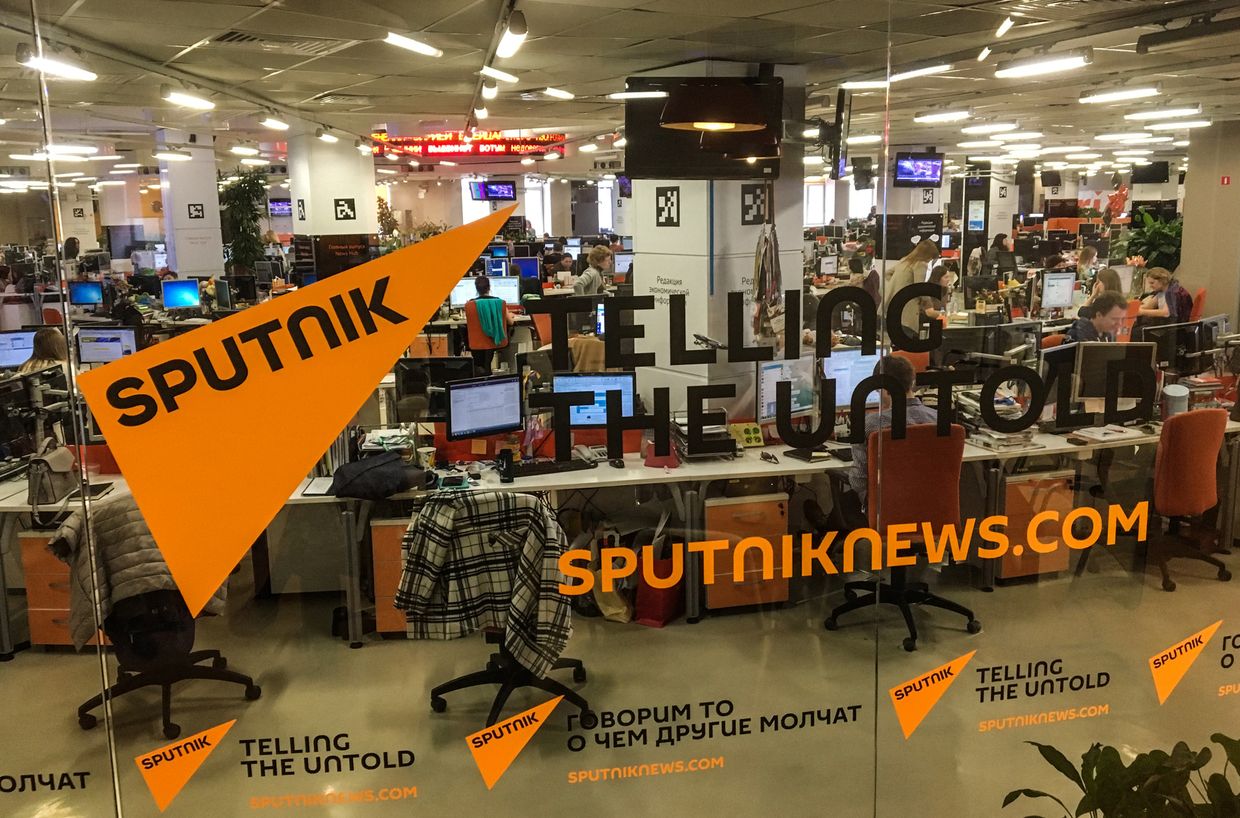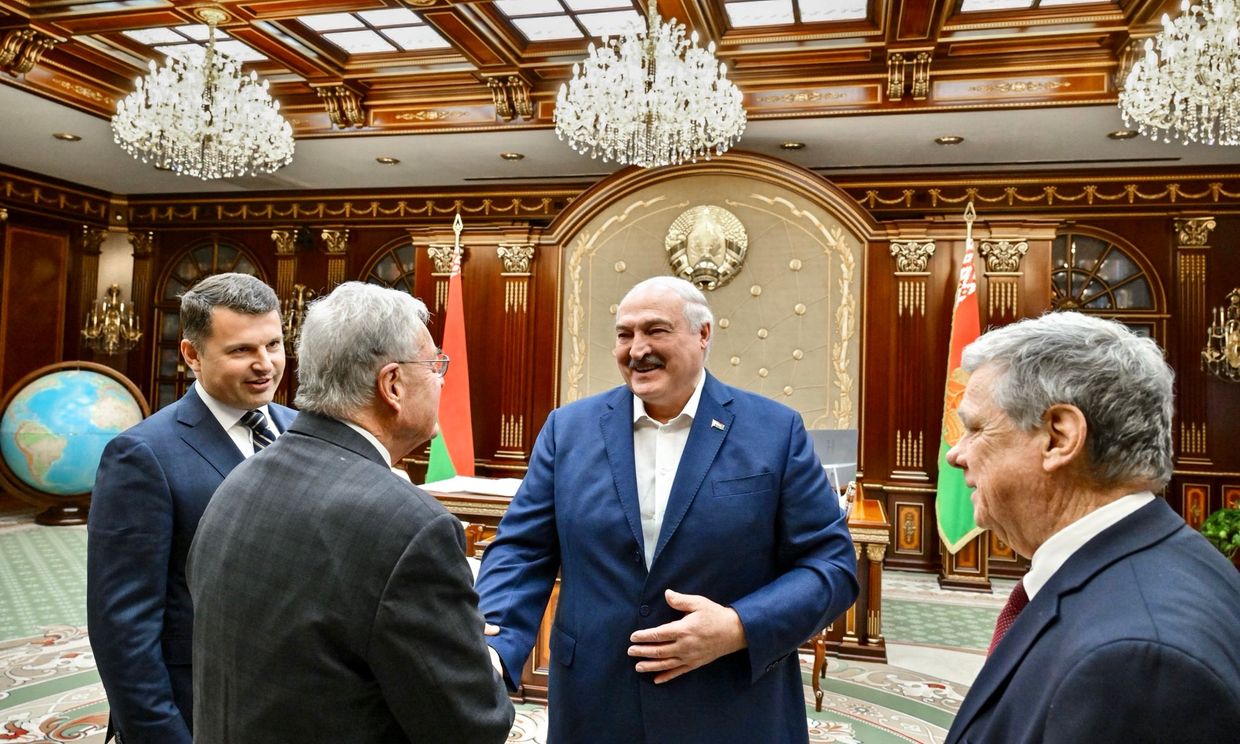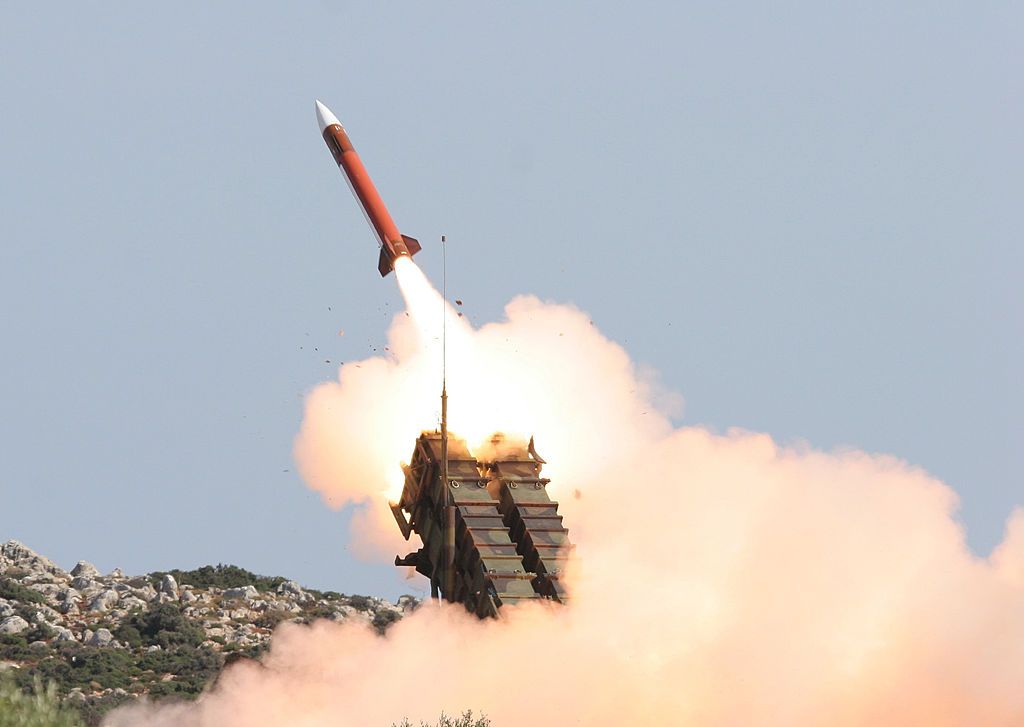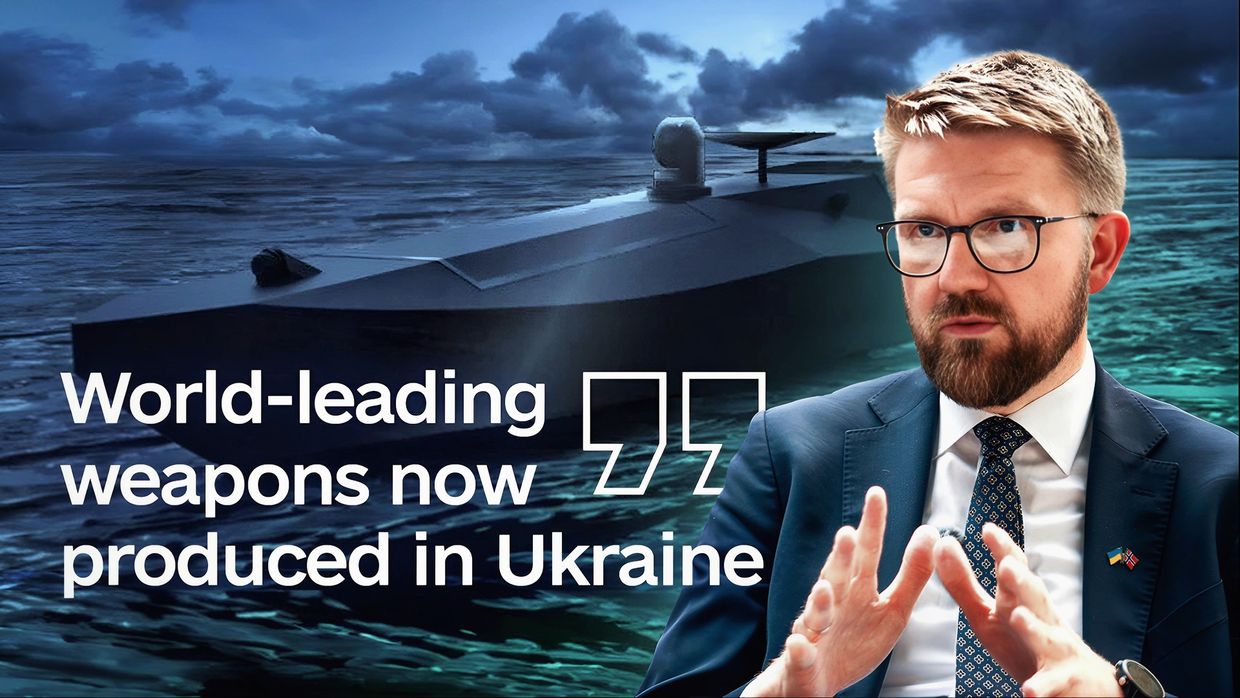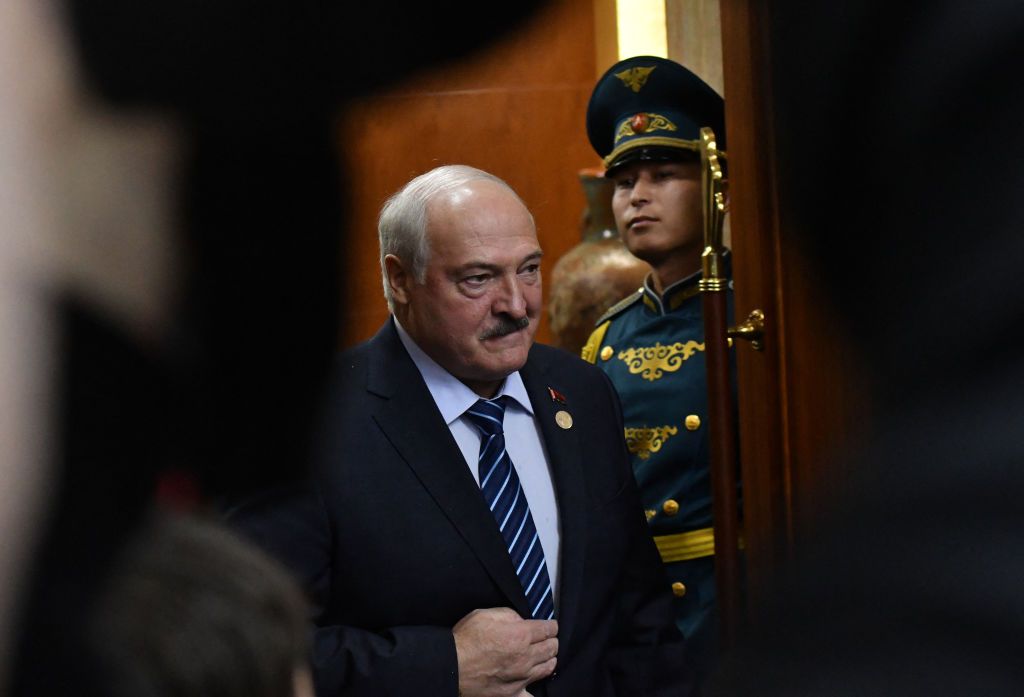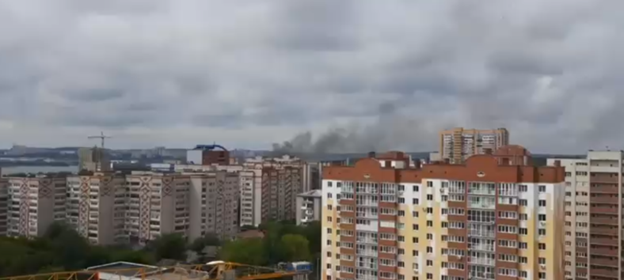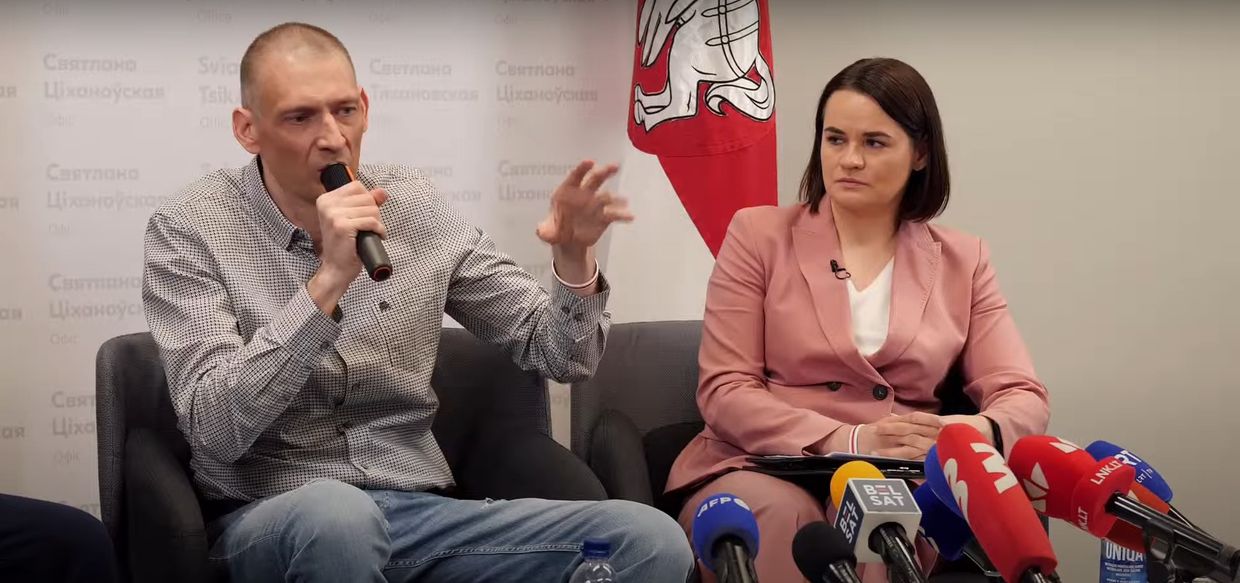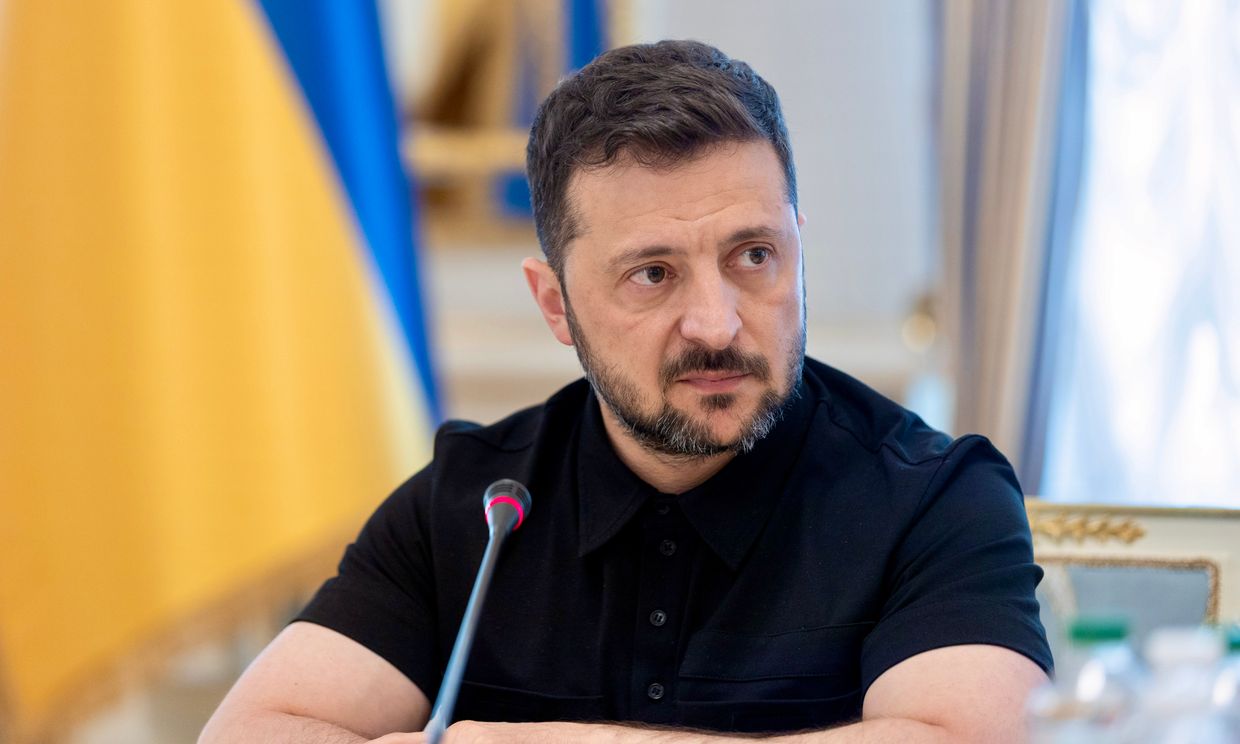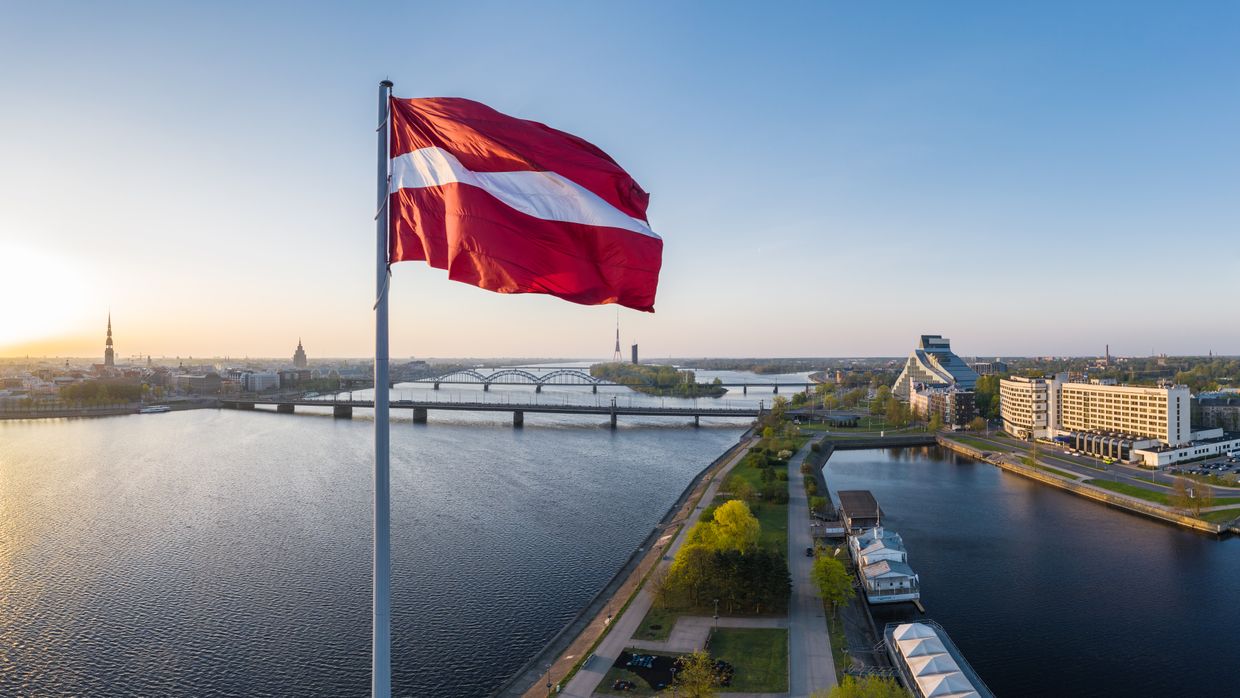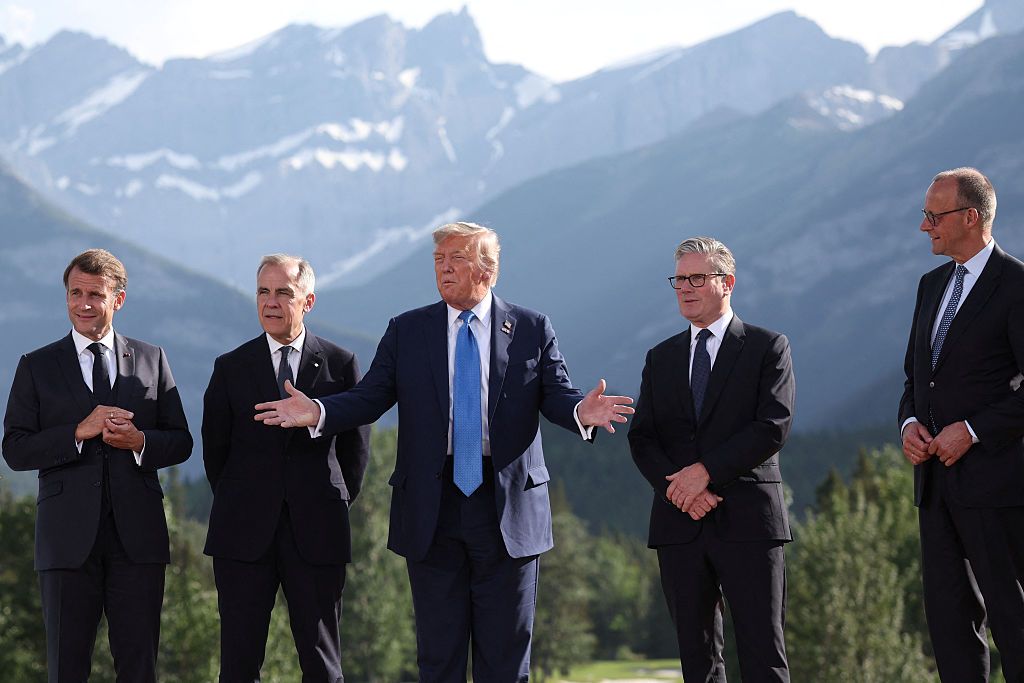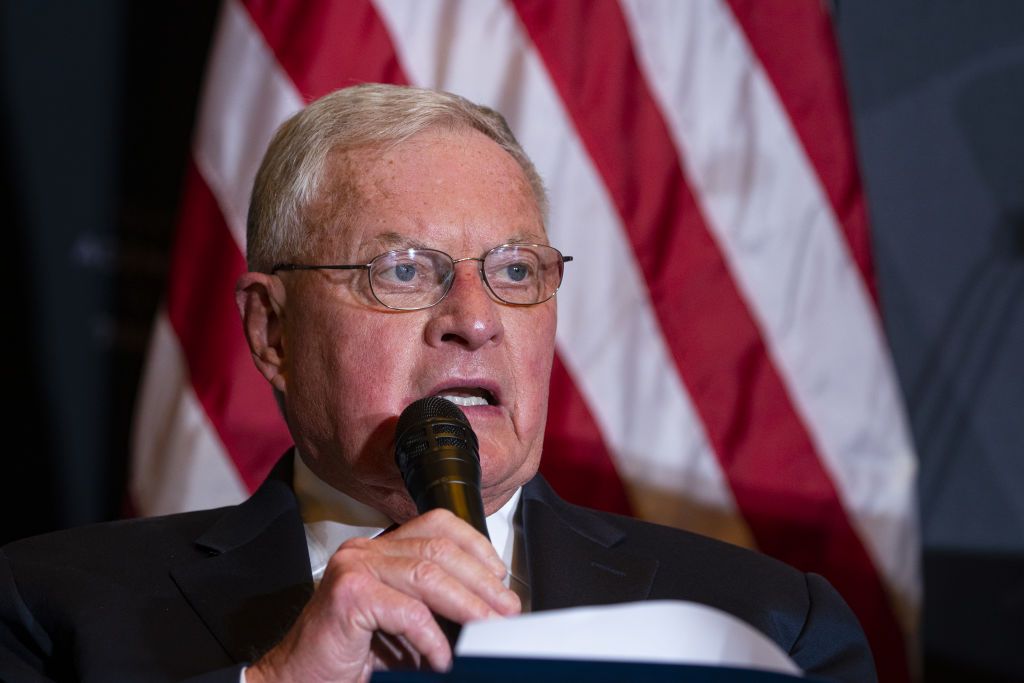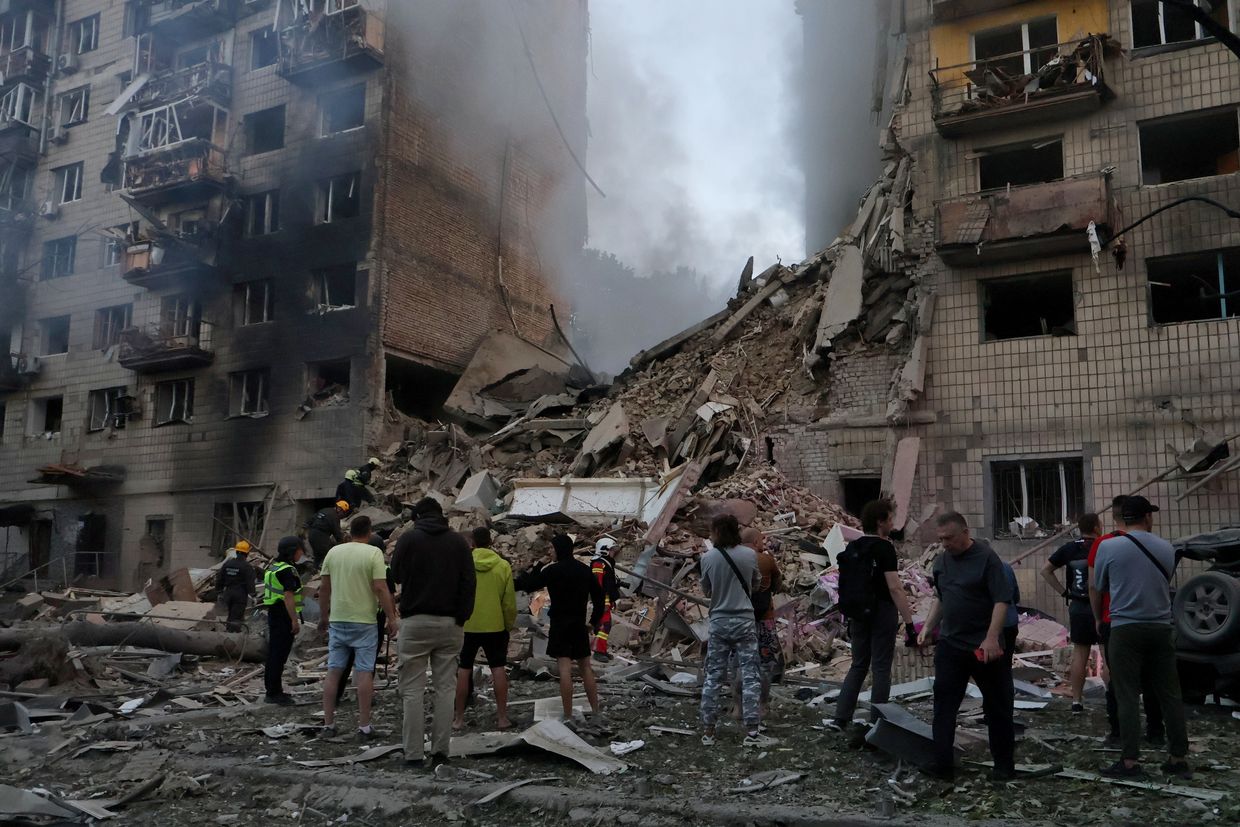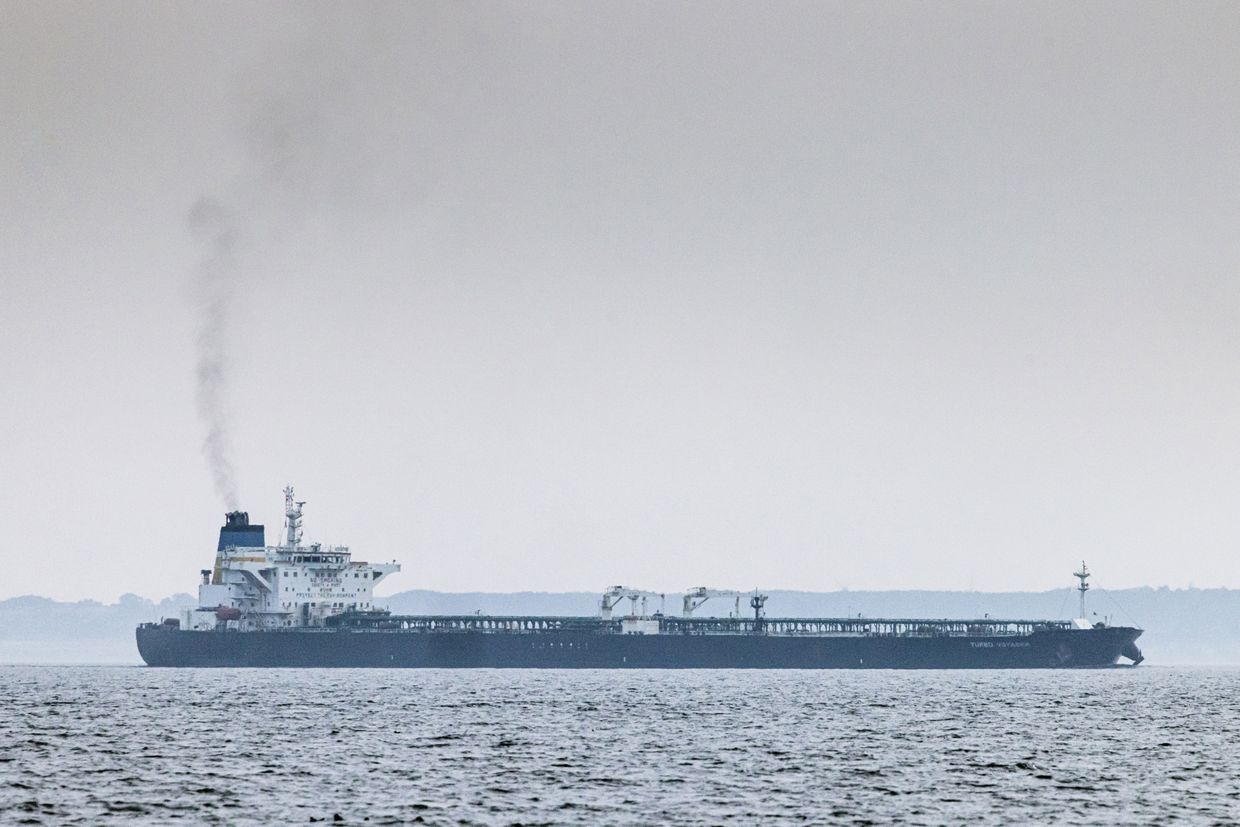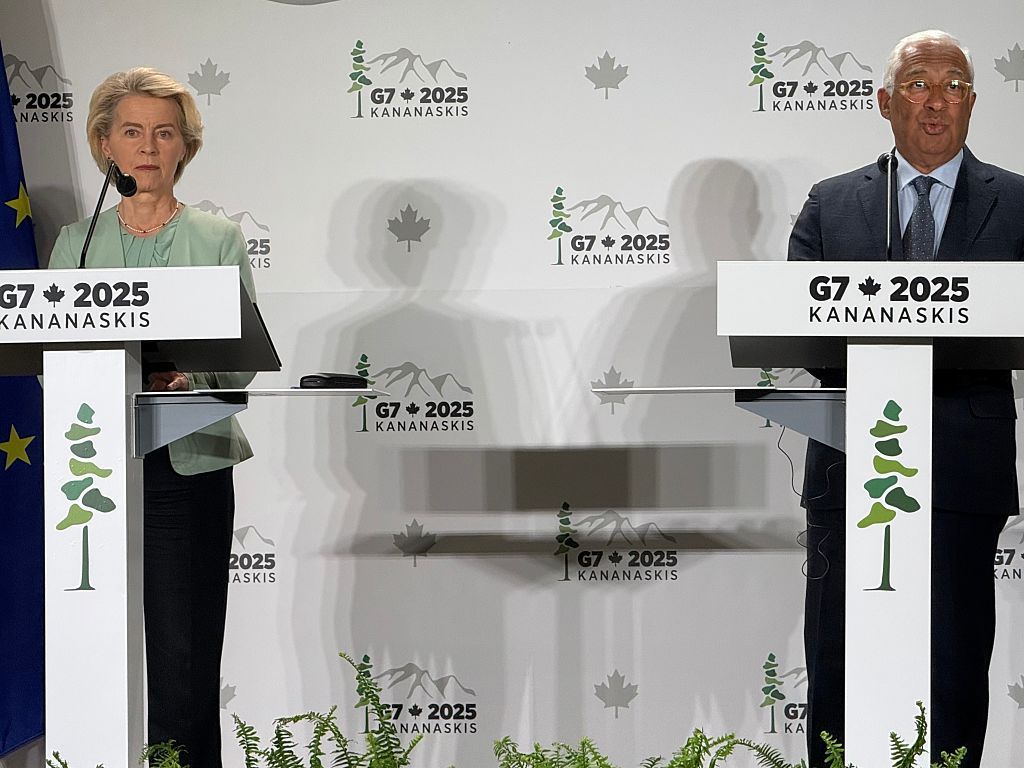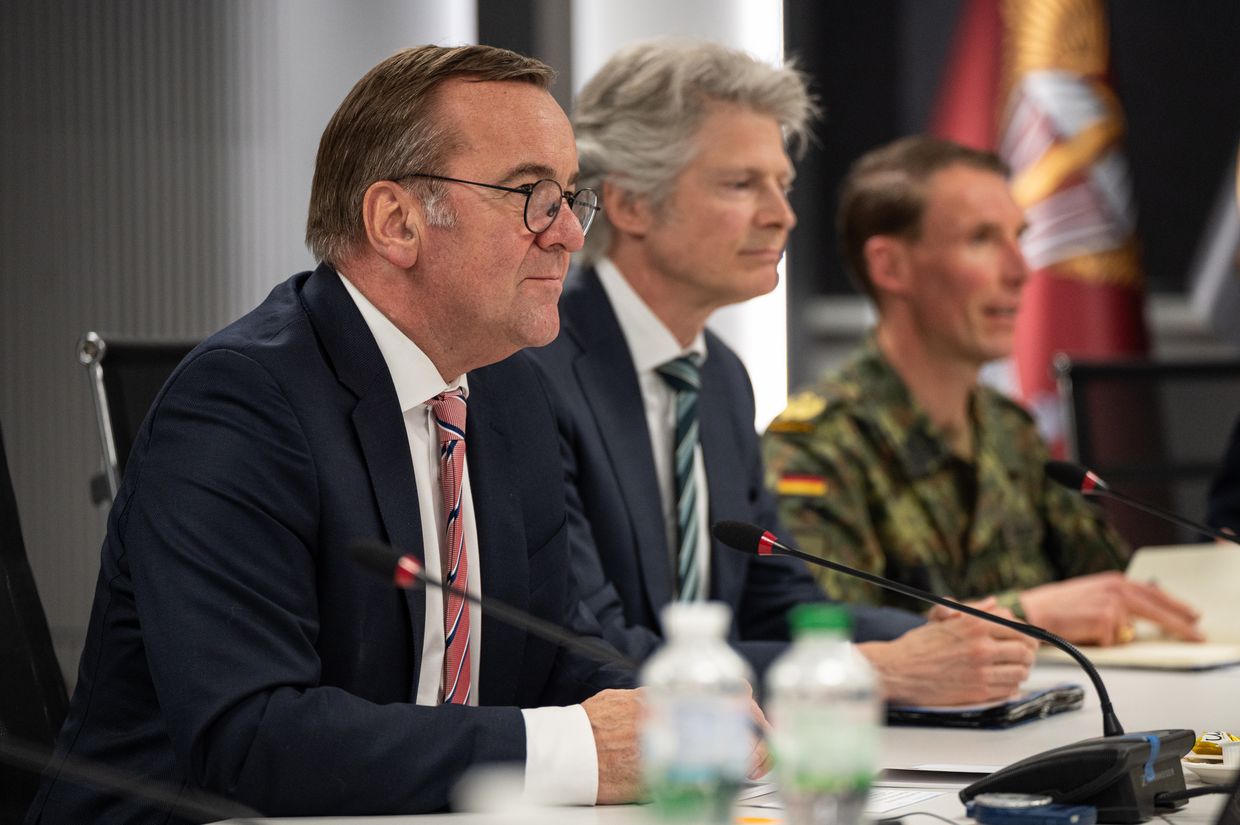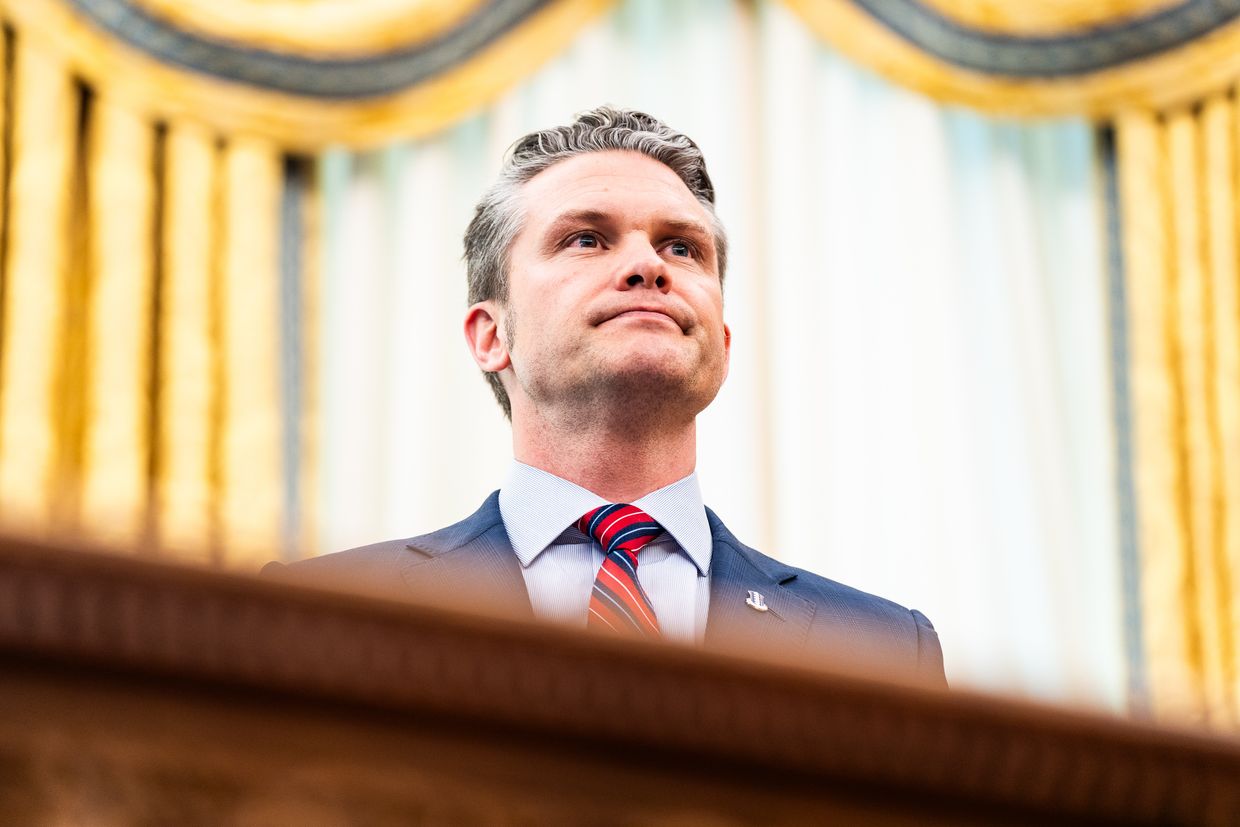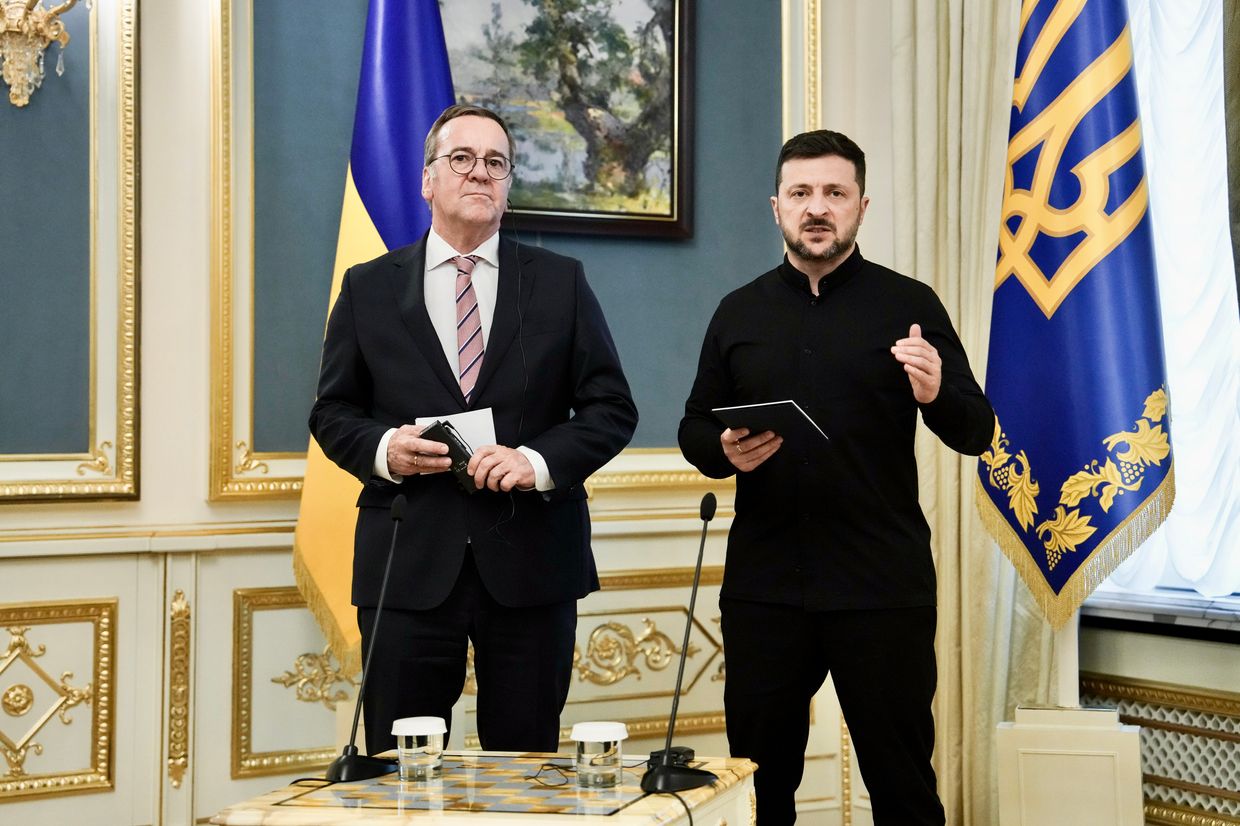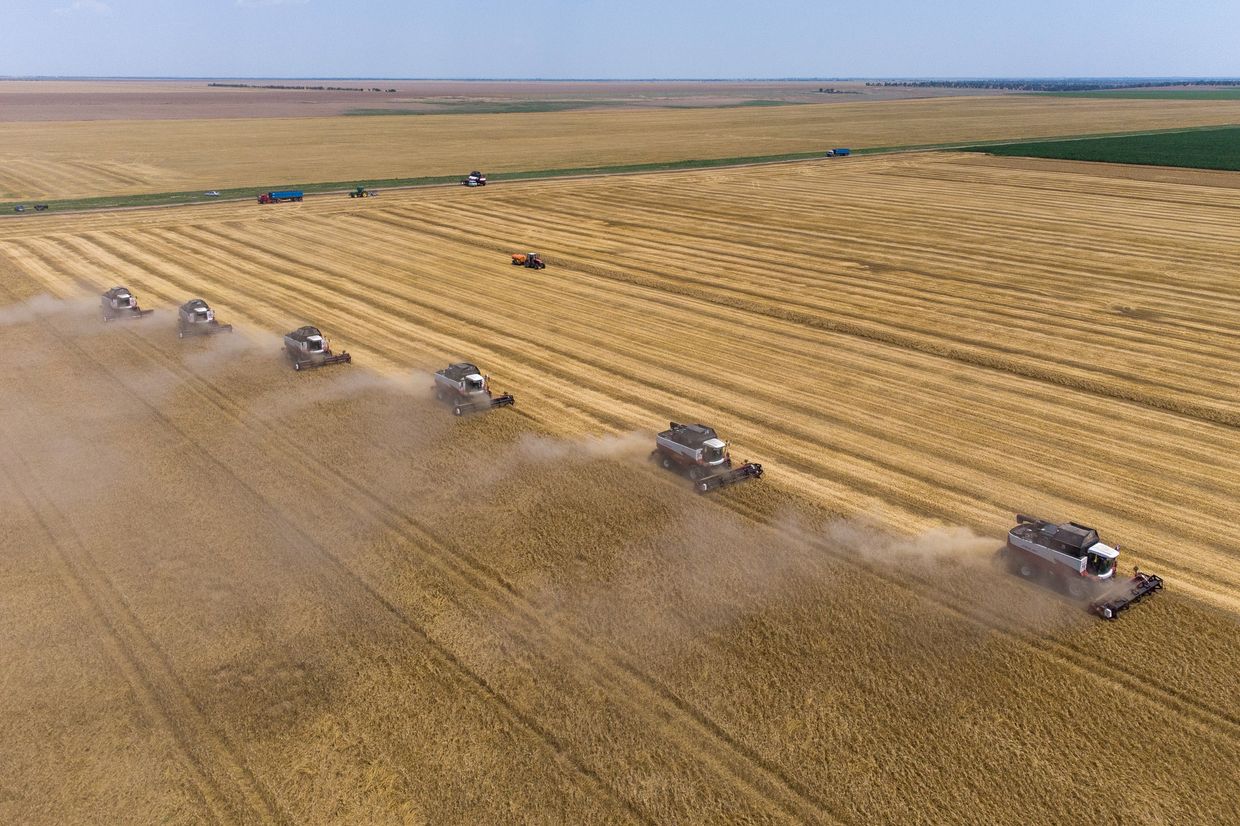Ukraine’s security guarantees from US may inlcude $90 billion weapon aid package that could fund 4.5 years of fighting
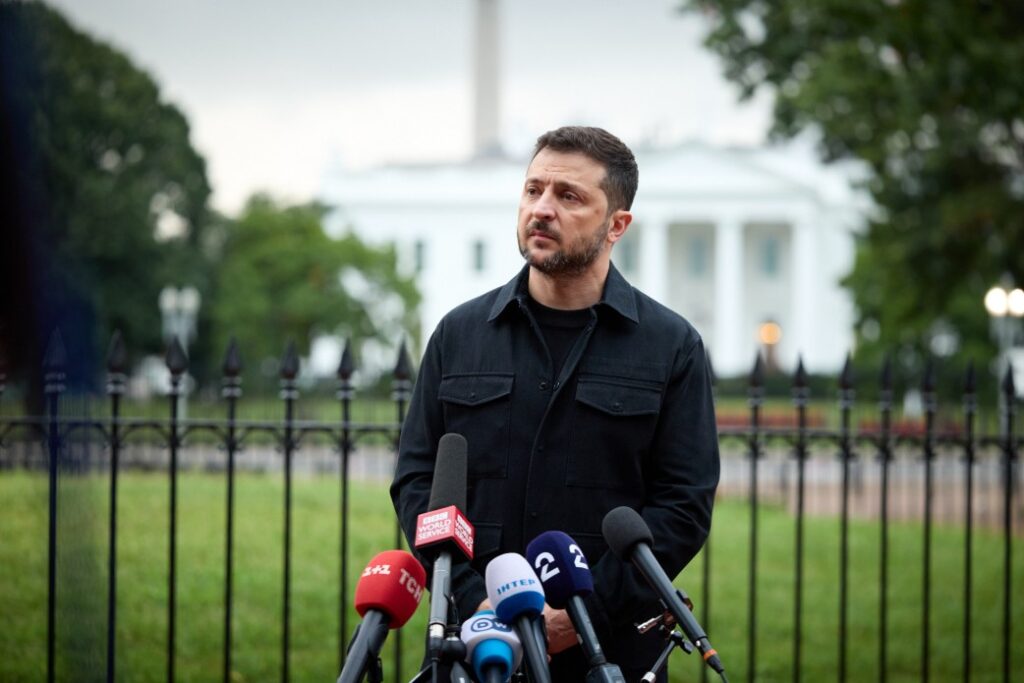
On 19 August, Ukrainian President Volodymyr Zelenskyy announced that Ukraine’s security guarantees are expected to be formalized on paper within the next 7–10 days. Speaking at a briefing in Washington, he said the document will include a US weapons package worth $90 billion.
According to the World Economy’s Ukraine Support Tracker, from the start of the full-scale war until June 2025, Europe allocated at least 35.1 billion euros for Ukraine’s armaments — 4.4 billion euros more than the US. In 2025, US President Donald Trump’s administration approved arms exports to Ukraine, but the country must finance these purchases independently.
At the same pace of weapons supply, this funding could last for 4.5 years of military support in the event of a new attack.
“Security guarantees will be coordinated with our partners and officially signed in the near future,” Zelenskyy stressed.
He noted that the second key element of the guarantees is an American defense package worth $90 billion, which includes aircraft, air defense systems, and other weaponry. He added that more details on the future agreements will emerge daily.
Zelenskyy emphasized that Ukraine does not need a “pause in the war,” but real peace. He highlighted the important role of the US in the process.
“Washington is sending a clear signal that it will be among the countries helping to coordinate and participate in Ukraine’s security guarantees. This is a significant step forward,” he said.
After the meeting with US President Donald Trump, which Zelenskyy called “the best” he ever had, he also stated that Ukraine is ready for any format of meeting with Vladimir Putin.
What else is known?
- During Putin’s conversation with Donald Trump, Russia proposed holding a bilateral meeting with Kyiv first, followed by a trilateral one with the US,
- The issue of territories will be settled directly between Ukraine and Russia,
- During a lengthy discussion with Trump, they reviewed a map of temporarily occupied territories,
- An agreement was reached with the US on the purchase of drones for Ukrainian forces.
Read also
-
Despite pouring more billions in military aid for Ukraine than US, Europe’s leaders will not be present at Alaska talks
-
Europe spends € 2 billion a month on Russian oil and LNG—more than its aid to Ukraine
-
Death toll from Russian attack on residential area in Kharkiv rises to 5, including toddler and teenager



